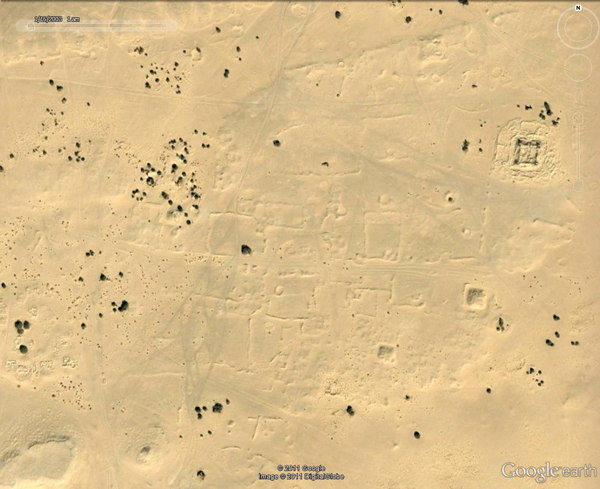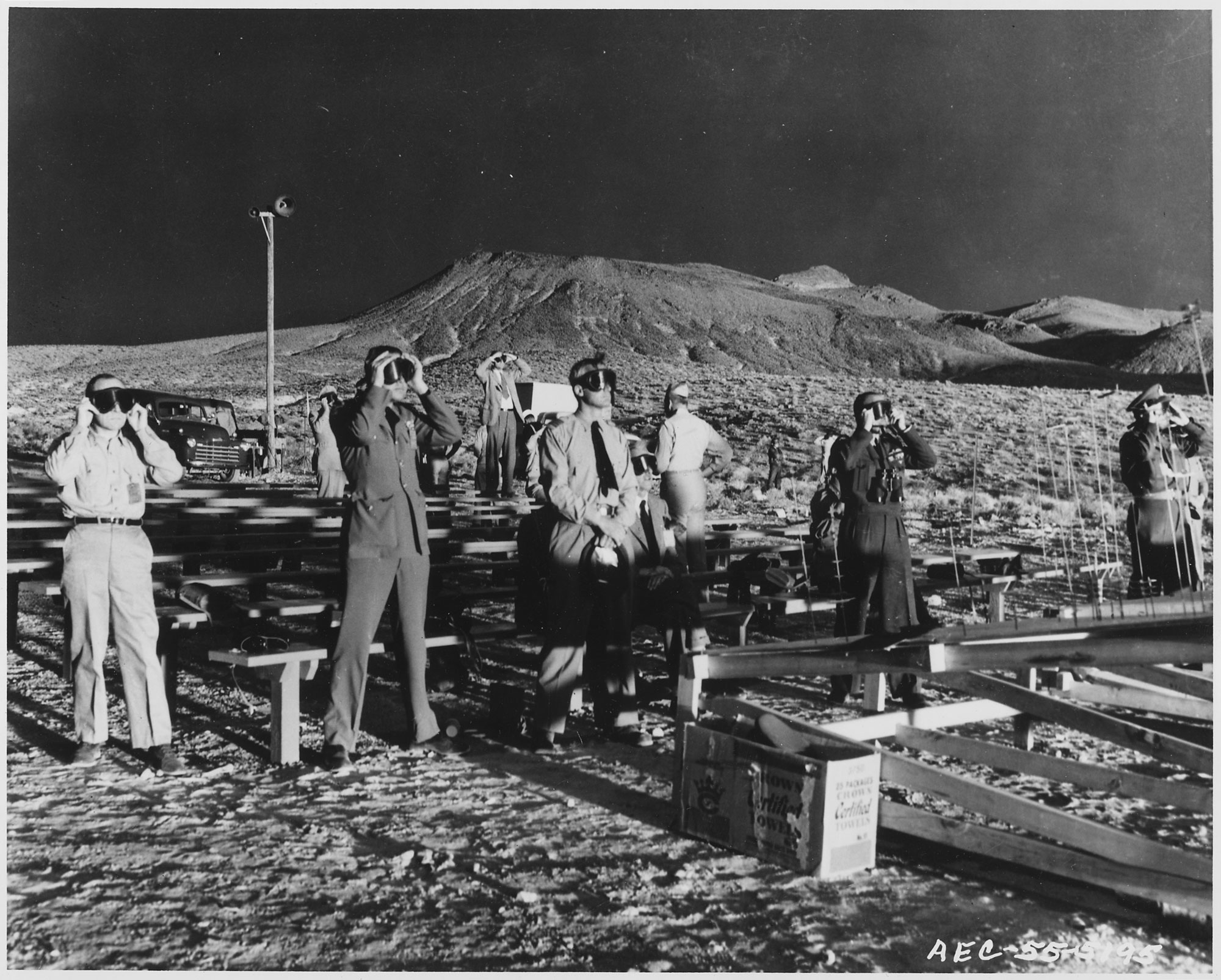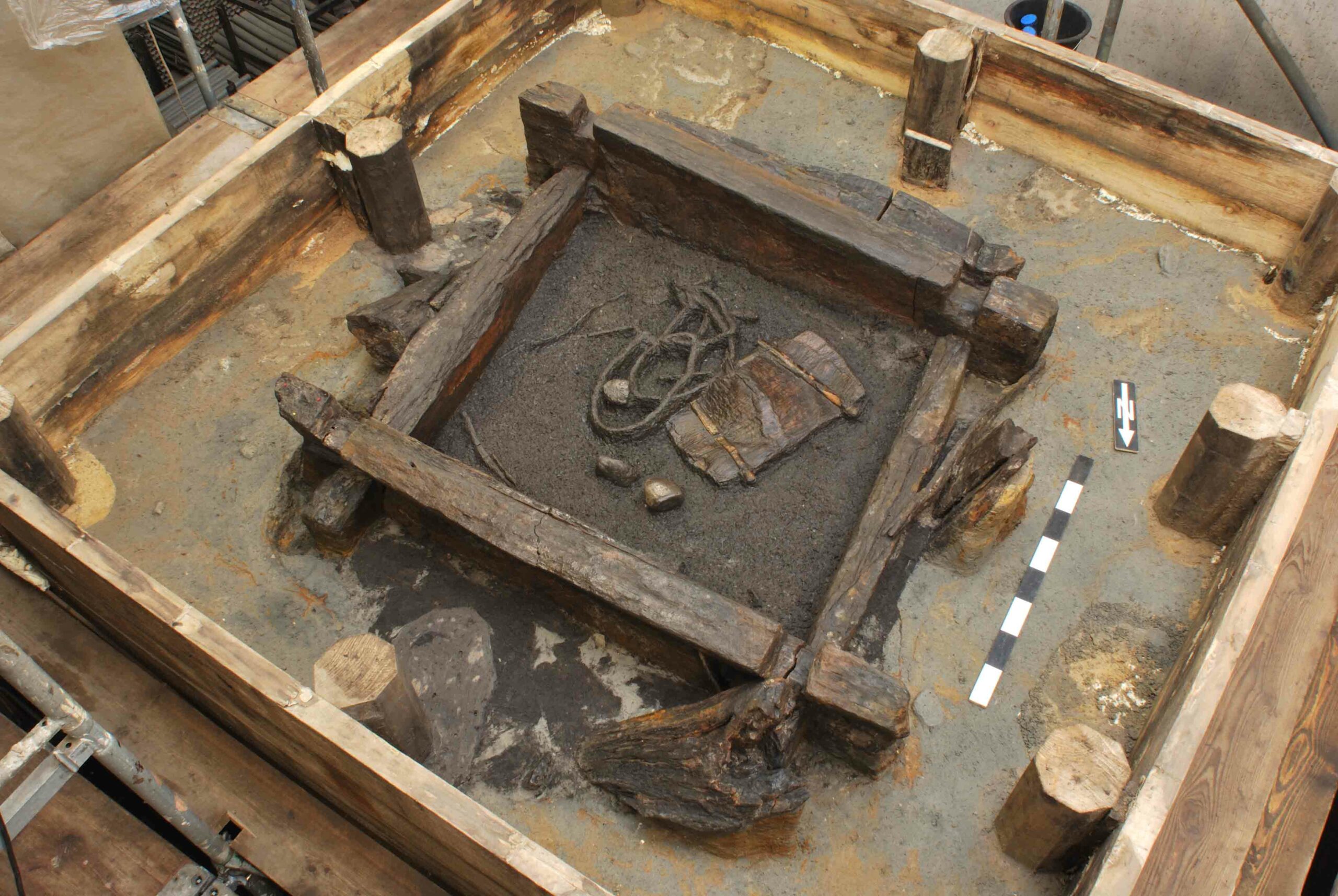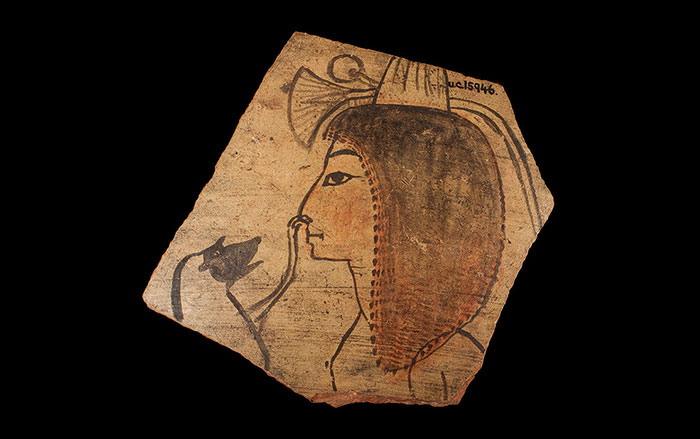
ROME, ITALY—Savino di Lernia, director of The Archaeological Mission in the Sahara, Sapienza University, has described the state of archaeology in Libya today in an article in the journal Nature. Violence, vandalism, and trafficking in antiquities have damaged and destroyed archaeological sites and prehistoric rock art since the revolution of 2011. He argues that the study of Libyan heritage should focus on materials in museums and collections; that collections should be digitized and made widely available; and that the next generation of Libyan scientists should be trained in international labs. “Among the hopes sparked by the revolution was the idea of a more modern view of the archaeological and cultural heritage—as a gateway to a shared national identity, a major revenue source and a focus for forging relationships with the rest of the world. Those hopes have been dashed,” di Lernia stated.










